As with plants, guns, food types, and fuel types, there is no such thing as a single tree that can be used for all your needs.
While some may be “multi-purpose”, it still make sense to plan on having multiple types of trees on your homestead, or any other place where you can find room to plant and maintain them.
You already know what types of trees we recommend for defense and protection, and also for woodworking and firewood. The question is, what would you grow for food? Read the following article and you’ll find our answer.
Food Bearing Trees
Apples
Aside from producing edible fruit, apple trees also have some medicinal properties.
For example, the bark can be used to stop diarrhea and break fevers, while stewed apples can be used for constipation. In addition, as much as you may love the taste of fresh baked apples in the form of pie, baked apples can also be used to ease throat pain, and break a fever.
Finally, if you love apple cider, then you will also have a delightful answer to harmful bacteria overgrowth in the intestines.
Considering the potential decrease in water quality and food safety that will occur in a major crisis scenario, apple cider may truly be as important as a medicine as it is an edible food. And remember you can also use the peels for purifying water.
Pears
They produce an abundance of delicious fruits, but you can also use their wood for carving, kitchen utensils, and smoking meat.
Pear wood is very resistant to rot and warping, so it will last for years if properly taken care of. Many people prefer using pear wood for musical instruments because it will not warp and also tends to produce a pleasing sound.
And even though pears are not listed as having major nutritional value, they do contain pectin. This particular compound can be used to manage both constipation and diarrhea as well as nausea. Pectin is also gaining some attention for use against cancer and can also help curb appetite for weight loss.
Nut Trees
No matter where you live, there are bound to be some edible nut trees that will grow well in your area. If you choose carefully, you may be able to get dying agents for fabrics and inks as well as wood for furniture and burning.
Different nut trees may also have an endless number of medicinal properties. When choosing nut trees, try to find ones that produce nuts with as much protein as possible.
At the very least, even if there are no safe animals or fish to eat in a post crisis world, you can still get enough protein from nut trees. You can, and should also learn how to make nut milk and paste so that you can expand your menu choices as much as possible.
Citrus Trees
They do produce nutrient packed fruit, but almost all citrus trees have thorns, so they make good perimeter defense trees during the early years of their growth. Even if you live in a cold climate, it may be of use to keep at least a few different kinds of citrus trees growing in tubs for the sake of both food and medicinal purposes.
For example:
- Fresh lemon juice is a well known cure for many ailments, including helping to prevent infection in skin wounds. It is also a powerful antibacterial cleansing agent for around the house. Leaves and bark from lemon trees also have medicinal properties. There are a number of ways to use lemon to treat high blood pressure, and also liver cleansing and also to help stop vomiting.
- Even though lime trees are credited with helping prevent scurvy, oranges and lemons can also be of use.
- Oranges, leaves, and other parts of the tree can be used to fight cancer, act as a mild diuretic, improve skin health, and act as a laxative. Nutrition wise, oranges are also very important because they contain a good bit of potassium.
- When properly prepared as an infusion, lime flowers can also be used to treat anxiety and stress. As with other citrus trees, limes are rich in anti-oxidants and other nutrients that are important for good health.
Cherry Tree
You can use cherries to make wine, jelly, jam, pies, and fresh off the tree snacks, while cherry tree wood is also well known for its uses in furniture and building.
Medicinally speaking, cherries are also well known for treating gout. Depending on the species (mainly North American wild cherry trees), you can also use the bark/root bark as a sedative and to stop a non-productive cough.
As you can see even trees that you would normally grow for nutritional purposes have medicinal properties. That’s because nature works in wonderful ways and learning how to use its resources it’s such an important skill to have when SHTF. So now let’s take a look at some trees that you should grow mainly for their medicinal uses.
Medicinal Trees
Alder
It can be used to cleanse both surface and deep wounds, while tea made from the bark and leaf can also be used for hemorrhoids and to break fevers. Some red alder species also have components that can be used to treat tuberculosis and some forms of cancer.
In addition, Alder is a well known anti-inflammatory. When choosing an alder species, you can also look for ones that have edible catkins. While these catkins may be bitter, they contain a good bit of protein.
Alder trees are nitrogen fixing in manner similar to beans. They should be a part of every homestead and tree orchard because they can improve the nitrogen levels and quality of any soil. In addition, if you are unable to make compost or have poor soil for the garden, you may want to try using some soil from around an older, well established alder tree and using it as a quick fix.
Alternatively, if you are interested in natural or woods based gardens, simply plant shade loving vegetables near an alder tree. Rest assured they will have plenty of nitrogen and other nutrients to meet their needs.
Beech
If you live in an area with freezing temperatures, beech tree bark can be used to treat frostbite. The leaves can also be made into a poultice to treat burns, or they can be used as an edible food element in salads. Beech wood is also well known for its usage in furniture and firewood. Beech nuts are also edible and can provide both fat and oil that may be more difficult to obtain from other plant based sources
Beech wood is often used for gun stocks. Therefore, if you plan to have guns in a post crisis world, this tree can be very important to you, especially if you plan to barter gun stocks or other materials in exchange for other items of interest to you.
Birch
Even though you may think of birch as a tree used primarily for its wood, this tree also has a number of important medicinal properties. In particular, birch teas can be used for a variety of mouth sores, and this is very important because when you are on the run or do not have access to enough water to clean dishes and food utensils, rest assured mouth infections can and will occur. There is also some newer research indicating that sap from the beach tree can be used to fight cancer and reduce tumors.
Elm
If there is one tree that can almost serve as a “medicine chest in a bottle”, elm trees make an excellent choice. You can make a poultice from the bark to treat gunshot wounds, and also other deep wounds. Elm bark tea is good for bone health because it contains a good bit of calcium.
It is known to help speed up healing of broken bones and also as a preventative for diarrhea. Elm can also be useful for treating a range of bladder and intestinal problems.
Aside from that, elm is also well known for its use as a firewood. While elm has many excellent properties, bear in mind that it is also susceptible to a number of diseases. Make sure that you are well versed in tree culturing and care before trying to add this tree to your orchard.
Melaleuca Alternifolia (Tea Tree)
Even though this tree is native to Australia, it is very hearty and can grow just about anywhere. This tree is also well known as a “medicine bottle” in a tree, and has been used by both Australian aborigines and others living in this country. The oil from tea trees can be used to get rid of just about any infection. When properly diluted, it can be used to get rid of gum abscesses and other mouth infections.
It can also be used to treat skin wounds prevent worsening of skin infections. If you inhale the scent from crushed tea tree leaves, the oils will help get rid of colds and other respiratory infections.
Since tea trees are a member of the eucalyptus family, do not forget that excess inhaling or prolonged exposure to eucalyptus may lead to collapsed lungs. It is very important to note that tea tree oil and other elements are poisonous if taken in large quantities. Therefore, if you are going to make tea tree oil or use it for medical needs, make sure that you know what you are doing.
Aside from giving you a larger choice to work with, you can always plan for overlapping coverage just in case a fire or disease breakout eliminates one or more species from your area.
And if you need more knowledge about planting and caring these trees, click here subscribe to our newsletter and get our March 2016 free report about growing a preppers’ orchard.
This article has been written by Carmela Tyrell for Survivopedia.


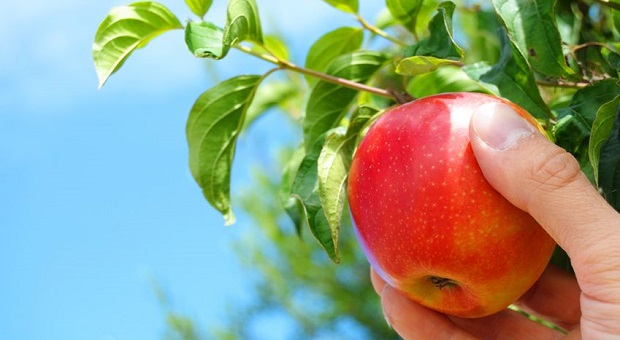
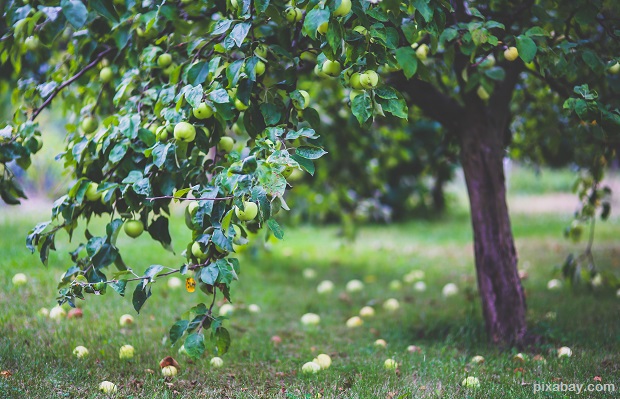
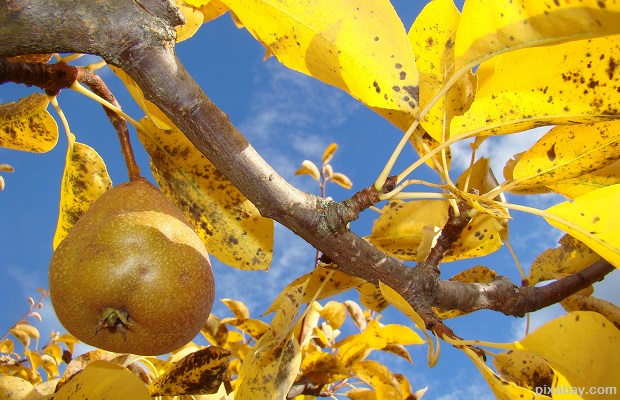
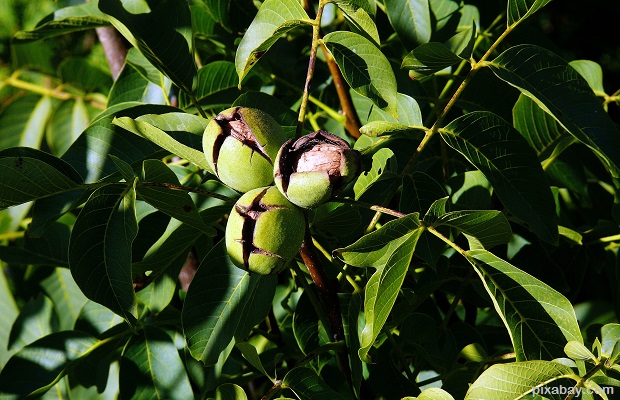
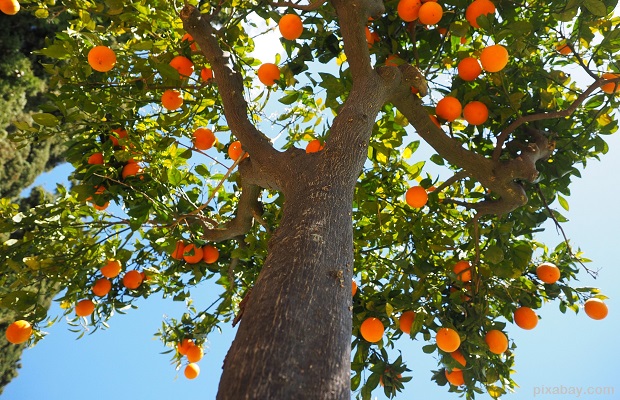
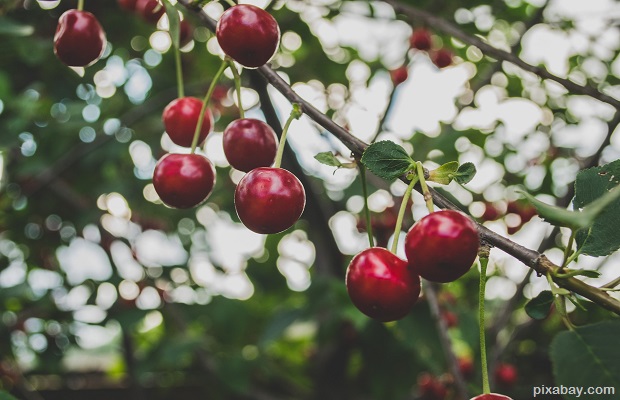

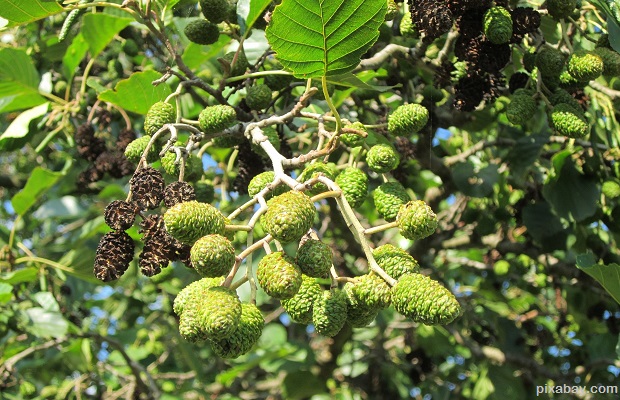
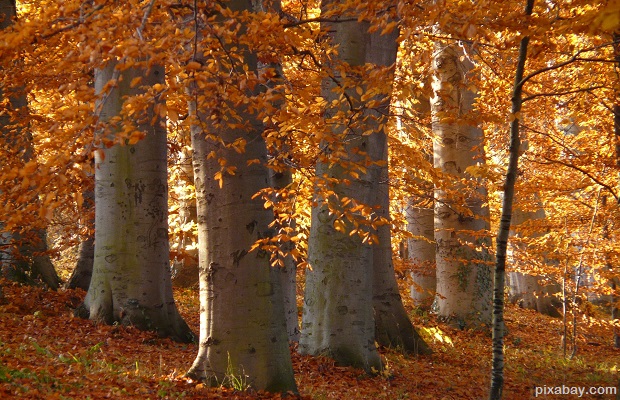
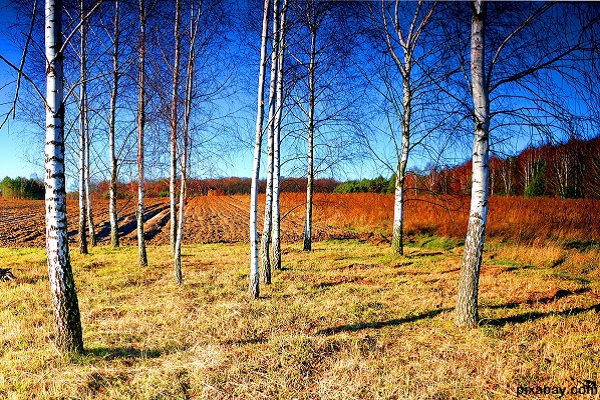
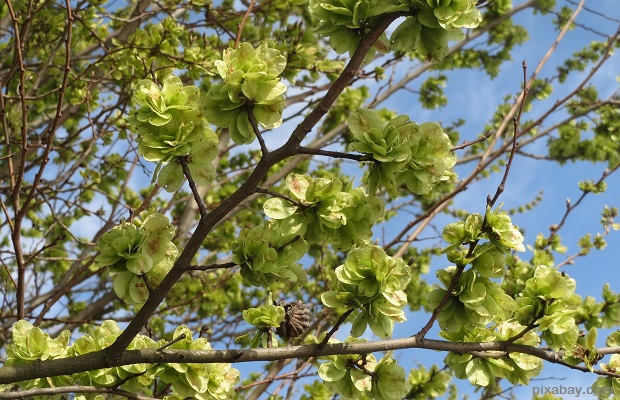
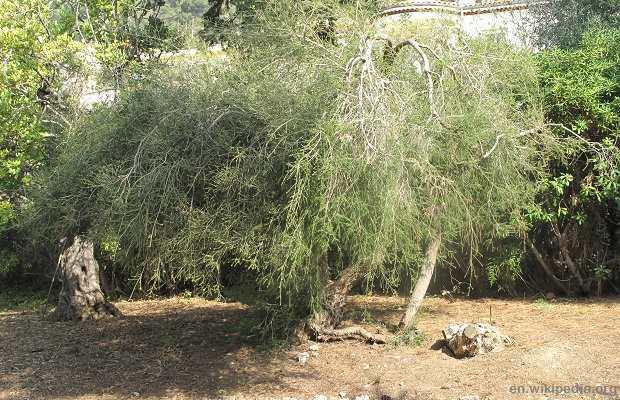





Pingback:10 Trees A Prepper Needs For Food And Health | Prepper's Survival Homestead | March 14, 2016
|
David Rice | March 14, 2016
|
Can you show how to do this in very limited space?? I live in a trailer park and I only have a small parcel of land to work with
Andi | March 23, 2016
|
You can get “dwarf” varieties of many fruit trees. They still put out an abundance of fruit but are lower to the ground for ease in picking and pruning, and not so big in circumference. I have one each dwarf peach and nectarine. I also have a “five fruit” tree which is a normal size apple tree with four other apple varieties grafted into the original tree. It puts out more apples than I’ve known what to do with but this year I plan to make cider. Good luck.
David Rice | March 23, 2016
|
Dang! Serious?? Not that sounds like something I’d like to get into. Dwarf trees?? New news to me. I appreciate it
Sharon | March 14, 2016
|
In Northern Wi the birch trees are EVERYWHERE and almost a weed. They take over areas that one may want for something other than birch trees. They do make some beautiful looking paneling tho.
Pingback:10 Trees A Prepper Needs For Food And Health | TheSurvivalPlaceBlog | March 16, 2016
|
Pingback:Outlaw Patriot News Executive Summary 17 March 2016 | outlawpatriotnews | March 17, 2016
|
David Gregory | March 18, 2016
|
Good article. Interesting that author noted that nut trees could be used for things other than the obvious. Then referred to dye stuff for fabrics, a true statement. The illustration at that point of the article was a pecan with those green husks which back in the day were used to dye homespuns a color referred to as Butternut Brown.
Andi | March 23, 2016
|
The green hulls on black walnuts are used to make black walnut tincture. This should be in every preppers med cabinet as well as the knowledge of how to use it/what it is good for.
Pingback:10 Trees A Prepper Needs For Food And Health | NewZSentinel | March 19, 2016
|
Kevin Mckeown | December 2, 2020
|
I love hearing and researching food, plants, trees and gardening on my acreageage of 25 acres if abandoned farmland and open cleared 6 acres of oceanfront back to harbour. Accoladens.ca
We rebuilt a 140 yrs old food supply barn and upcycled it into Accolade Hostel & Retreat .
Now with Covid-19 on the rise we’ve thrived and gone organic with cleaners, and food with Attitudeliving.com and Swinkelsbeeproducts toiletries.
We are now bringing immigration Canada to employ and operate Accoladens,ca as a world class retreat producing our very own foid, energy and aiming for zero target emissions will be epic:)
We need everyone’s help including yours
Thank you & look forward to hearing from you again.
Sincerely,
Kevin Mc Keown